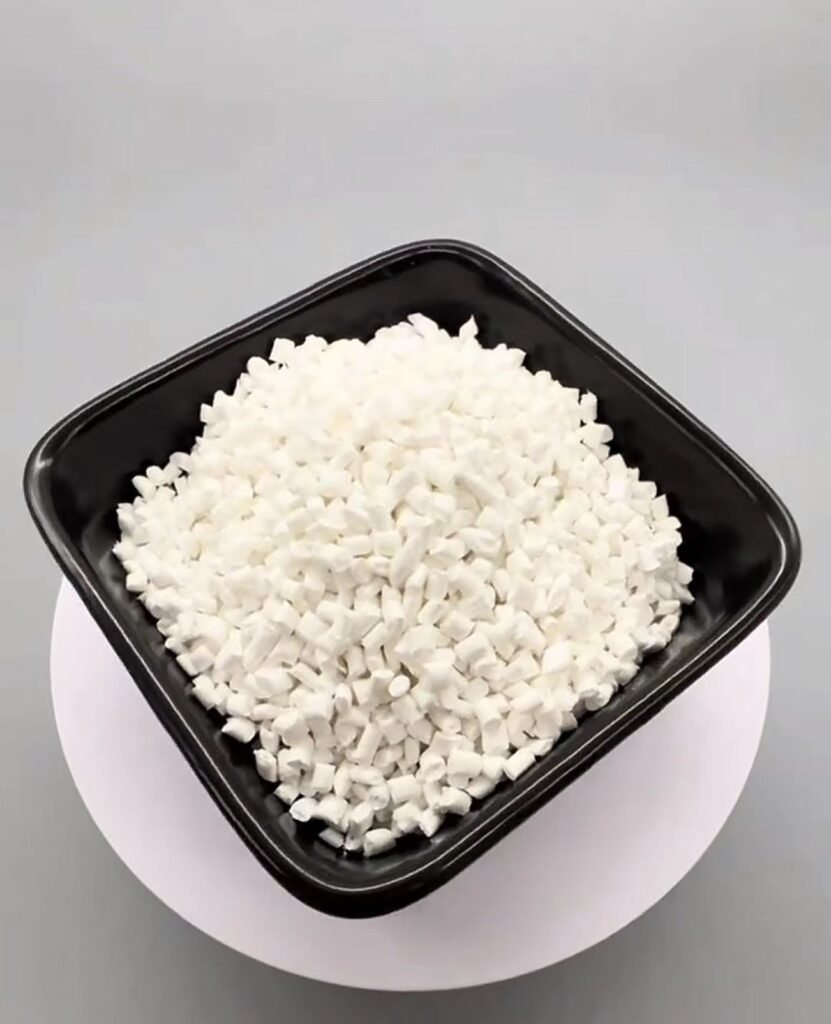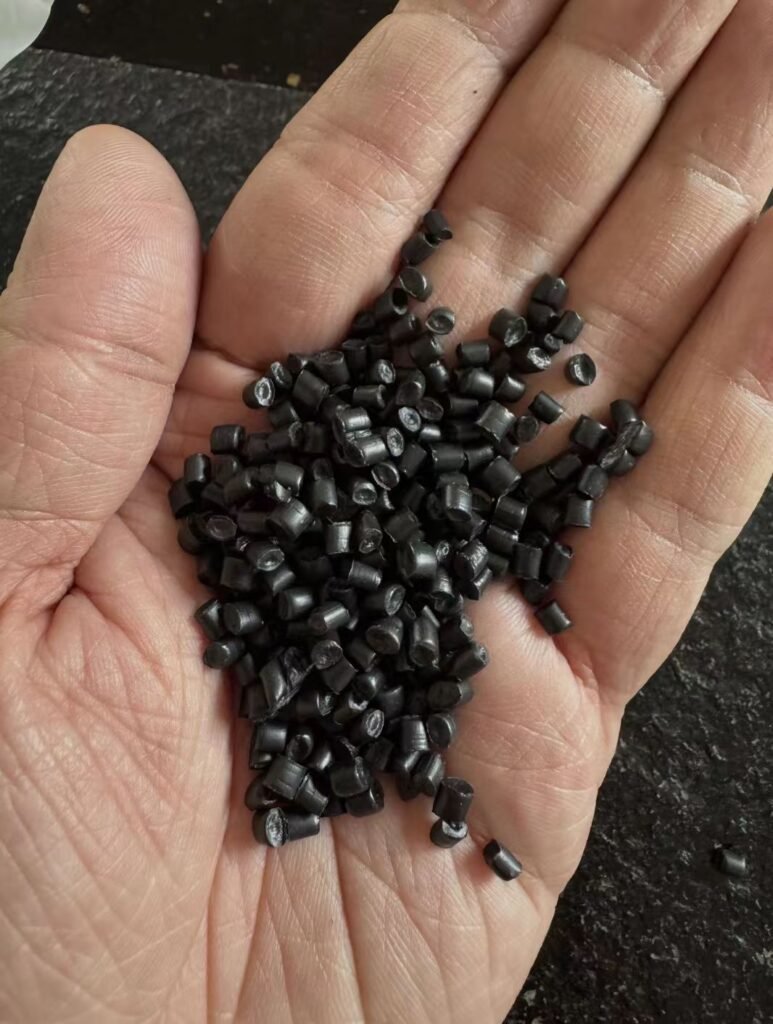Capacity alert: China’s total ABS capacity is expected to reach 13 million tons in 2025, the industry’s operating rate is only 65%, and low-end capacity is accelerating to clear out
Policy storm: Germany’s “Disposable Plastics Law” will be enforced in January 2025, and Amazon and other platforms require sellers to submit EPR registration numbers, and violators are prohibited from selling
Technology breakthrough: Bio-based ABS (such as Wanhua corn starch alloy) has a 40% carbon footprint reduction and has received orders from Apple/Tesla; 3D printing ABS powder has an annual growth rate of 26%,

New demand explosion: New energy vehicle ABS consumption has doubled (15kg/vehicle), and folding screen mobile phones have driven a 27% surge in demand for high-toughness ABS
I. Global market structure and capacity challenges
1. Intensified imbalance between supply and demand
Overcapacity: China’s total ABS capacity will exceed 13 million tons in 2025, but the industry’s average operating rate is only 65%. After the new capacity of Daqing Petrochemical and other companies has been put into operation, the competition in the low-end general material market has become fierce, and some devices are facing elimination.
Regional differentiation: China accounts for 68.6% of global production capacity, but high-end products still rely on imports, and South Korea and Taiwan monopolize 80% of the high-end market share.
2. Policy compliance has become the “life and death line” for going overseas
Germany’s new regulations: From 2025, sellers of disposable plastic products such as takeaway boxes and plastic bags must register with the German Federal Environment Agency (DIVID) and submit EPR numbers to platforms such as Amazon. Non-EU companies must designate local authorized representatives, otherwise the products will be forced to be removed from the shelves.
Cost impact: Compliance costs plus tariffs (such as continued levies by the United States) have compressed the profit margins of Chinese export companies, and small and medium-sized manufacturers are under particular pressure.
2. Technological innovation and transformation path
1. Three major directions of material upgrade
High performance: Kingfa Technology’s high-temperature resistant ABS (HDT ≥ 120℃) is used for Huawei’s 5G base station housing, and the yield rate has increased to 98%; the flame-retardant ABS market size will reach US$7.32 billion in 2024.
Greening: Wanhua Chemical’s PLA/ABS bio-based alloy carbon footprint has dropped by 40%, and the policy target for recycled ABS is 30% by 2025. Zhejiang companies have achieved a net profit of 4,000 yuan per ton through chemical depolymerization technology.
Intelligent: AI formulation system shortens the R&D cycle from 6 months to 45 days, and the industrial Internet platform reduces production costs by 22%.
2. Process innovation
Environmental protection technology: Qingdao companies use supercritical CO₂ foaming technology, VOCs emissions are reduced by 98%, and they have received 15 million government subsidies.
Substrate preparation substitution: Environmental protection policies force the production capacity of bulk ABS to increase by 3% annually, gradually replacing the highly polluting emulsion process.
III. Emerging application scenarios and market opportunities
1. Dual-wheel drive of automobiles and electronics
New energy vehicles: Lightweight demand drives the use of ABS per vehicle to 15kg, and new scenarios such as battery pack brackets and charging pile shells account for 40% of the demand for automobiles in 2025 (1.9 million tons).
Consumer electronics: Folding screen mobile phone hinge components drive demand for ultra-thin and high-toughness ABS, and the market size will increase by 27% in 2024; Xiaomi folding screen adopts modified ABS + liquid metal composite structure, which can resist bending more than 500,000 times.
2. Regional market differentiation layout
Traditional market under pressure: European and American tariff barriers push up costs, and companies turn to the “regional manufacturing center + localized production” model.
Emerging market growth: Southeast Asia, the Middle East, and Latin America have become hot spots for going overseas. Shandong companies set up factories in Vietnam, and European orders increased by 35%; ASEAN seized export share with tariff advantages.
IV. Benchmark case: Global enlightenment of Xingan luggage

Xingan County, Jiangxi Province relies on the ABS luggage industry with an annual export volume of more than 1 billion yuan. Hongtu Technology’s exports will increase by 30% in 2024:
Technology empowerment: Invest in intelligent production lines, reduce sample delivery cycle from 7 days to 2 days, and produce 4 million luggage annually.
Policy escort: Ji’an City launched an overseas intellectual property risk warning project to help companies enter the European and American markets through the Offenbach Exhibition in Germany.
Cluster effect: 95% of luggage accessories are locally matched, forming an industrial chain service platform of “one network and five centers”, attracting leading companies such as Spart to settle in.
In 2025, the ABS industry stands at the crossroads of capacity clearance and technological revolution: the elimination of low-end capacity is irreversible, while bio-based materials, intelligent production, and emerging applications are opening up a new track of hundreds of billions. Cross-border e-commerce players need to stick to the three key words of compliance (such as German EPR), differentiation (high-end modified products), and localization (capacity layout in Southeast Asia) in order to seize the high ground in the global value chain.
